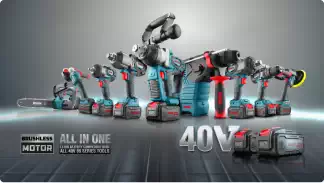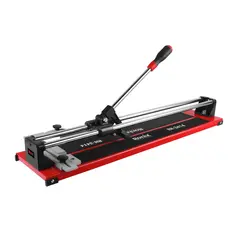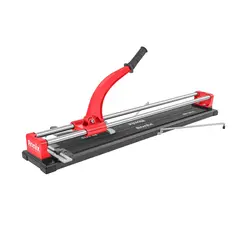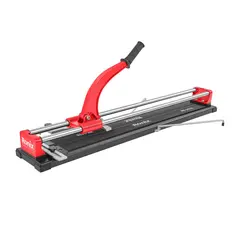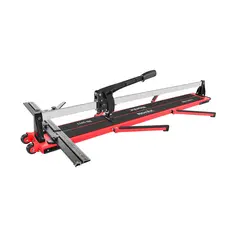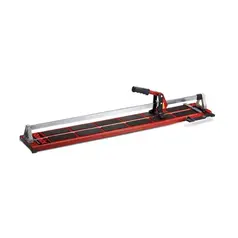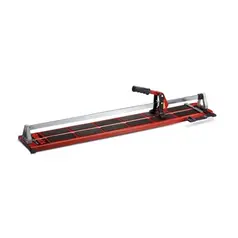Menu
Categories
Product Category
Angle Grinders
Electric Screwdrivers
Rotary Hammers
Demolition Hammers
Polishers
Wood Router & Trimmer
Electric Massage guns
Electric Planers
Air Blower
Paint Sprayer
air compressor
Welding Machine
Socket Fusion Welder
Soldering Irons
Heat Gun
Glue Gun
Chainsaw
Grass Cutters
Pressure Washers
Industrial Vacuum Cleaners
Portable Generators
Power Tool Batteries & Chargers
Electric Impact Wrench
Electric Ratchet Wrench
Oscillating Tools
Paddle Mixer
Electric Pruning Shears
Concrete Vibrators
Forced Air Heaters
Earth Augers
Sheep Shears
Pet Grooming Kit
Tile Vibration Machine
Industrial Fan
Product Category
Pliers
Screwdrivers
Hammers
axe
Clamps
Caulking Gun
Grease Gun
Hand Scraper
staple Gun
Sprayer
Hand Saws
Chisels
Steering Wheel Lock
Foot Pump
Pipe Fitting Tools
Door Closer
Hand Tool Sets
Test Pen
Hose Reels
Rotary Hand Pump
Hand Truck
Hand Trowels
Grease Pumps
Vacuum Suction Cups
Shovels
Spring Compressors
Grabbing & Pick Up Tools
Hand Files
Others
Product Category
Flashlight
Spotlight
Headlamp
Cordless lights
LED Neck Light
Camping Lanterns & Lights
Product Category
Tape Measures
laser Distance Meter
Spirit Levels
Laser Levels
Calipers
Measuring Square
Micrometers
Digital Scales
Measuring Wheels
Feeler Gauges
Product Category
Work Gloves
Safety Glasses
Safety Helmet
Safety Clothing
Welding Helmets
Product Category
Air Tools Accessories
Socket accessories
Drill Extensions
Welding Accessories
Abrasive Accessories
Concrete Vibrator Shaft
Pump Accessories
Laser Level Accessories
Product Category
Electric Hoist
Chain Block
Lever Hoist
Pallet Jacks
Product Category
Bottle Jack
Floor Jack
Jack Stand
Engine Hoist
Transmission Jack
Ratchet Jacks
Engine Stand
CORDLESS
Cordless
Cordless Tools Cordless Drills Cordless Angle Grinders Cordless Rotary Hammers Cordless Saws Cordless Polishers Cordless Sanders Cordless Paint Sprayers Cordless Chainsaws Cordless Blowers Cordless Hedge Trimmer Cordless Brush Cutters Cordless Pressure Washers Cordless Vacuum Cleaners Cordless Massage GunMenu
No outlets in sight? No problem!
The collection of Ronix cordless tools allows for working in any job site even if there isn’t any direct connection to an electrical outlet.
But what’s more, is the possibility to use one battery on a wide range of tools so there will be no need to pay for several batteries. Explore our collection and you will find what you need!
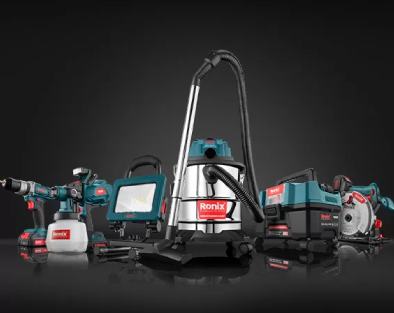
Menu
Drills are an inseparable part of workshops and toolboxes. But we want to separate them from the outlet and have them be by the user wherever they need. The collection of Ronix cordless drills comes in a wide range, meaning there’s an answer for anyone. Go through the list and categories to find what’s best for you.
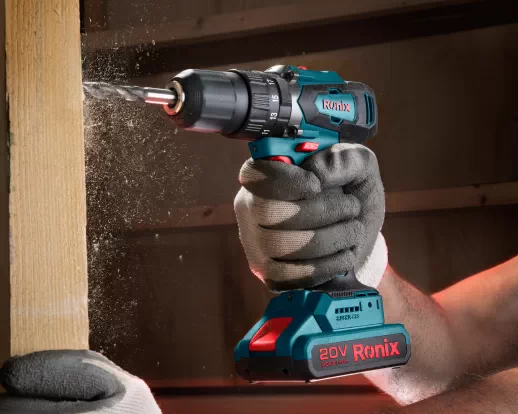
Menu
Want the grind but not the hold-back?
The freedom of cutting, grinding, deburring, finishing, and polishing without being bound by a cord. From bench grinders to die grinders to wall chasers to mini ones, you can find what works best in the Ronix collection of cordless angle grinders.
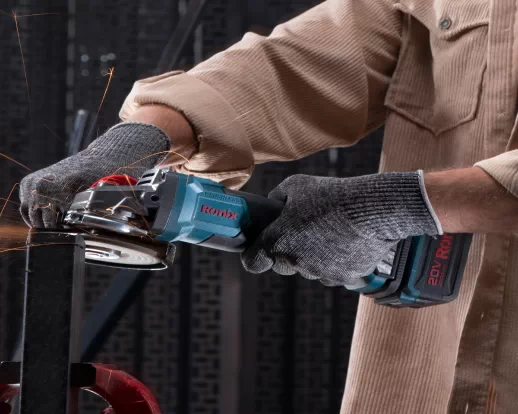
Menu
Being heavy-duty doesn’t mean you can’t go boundless. Don’t let the large tool fool you!
You can find in the Ronix collection a variation of cordless rotary hammers, tailored to answer any demand. They are as powerful as they can be, and won’t keep the user restricted in one place.
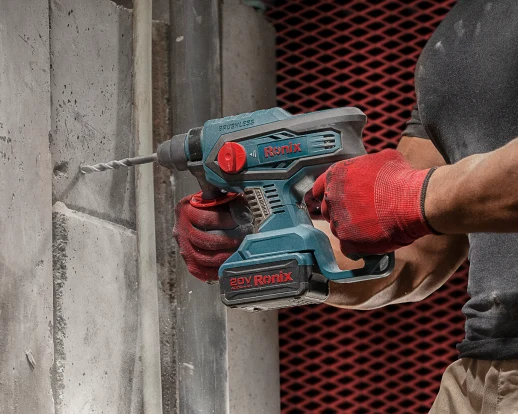
Menu
Talk about variety!
The Ronix collection offers cordless saws in different shapes, forms, and functions for various applications. Whether it’s woodworking, construction, DIY projects, or any other task where cutting something in the blink of an eye is of issue, a power saw will save the day. But imagine it being cordless which offers maximum convenience and ease of use.
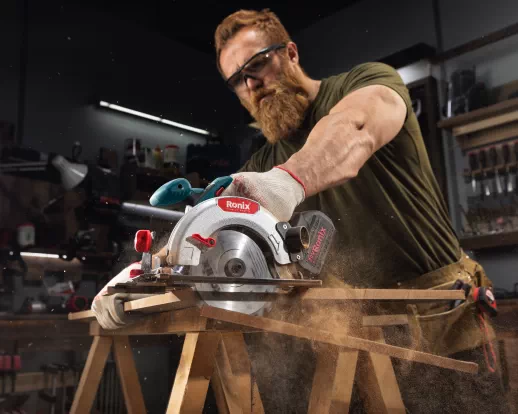
Menu
Move around that car and polish those scratched spots with no limits is possible with the Ronix collection of cordless polishers. Benefiting from the mobility and ease of use in a cordless polisher, car enthusiasts, professionals, and DIYers will definitely enjoy this convenient tool. Useable on car paint, metal, and other materials that need finishing touches. Just scroll through the wide range of this tool and have your pick!
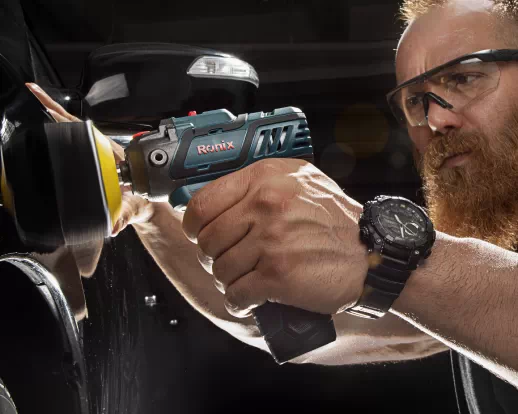
Menu
A smoothing session lead smoothly!
Woodworking, home projects, and DIY activities can all benefit from this tool. And what is that makes everything better?! Having no cords.
The Ronix collection of cordless sanders are what will make any workshop complete and won’t have any hands strained for sanding manually.

Menu
What’s the best tool for painting or staining project outdoors?
In sites where access to a power outlet is limited, the only thing that can come to the rescue is a cordless paint sprayer. Imagine the satisfying feeling of covering a surface with paint spray alongside the convenience of not being bounded by a cord. That’s what the Ronix cordless paint sprayers provide.
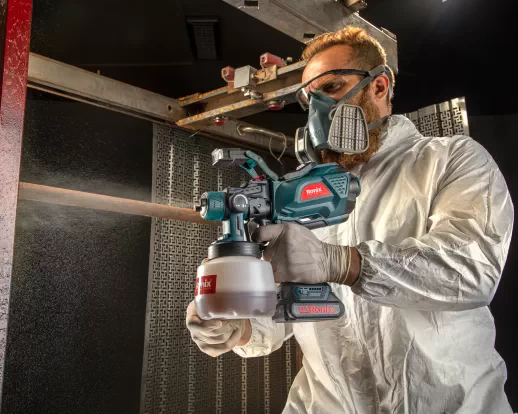
Menu
It’s needless to a power outlet but powerful enough to get the job done and more!
The Ronix cordless chainsaws are best for cutting wood, pruning trees, and other outdoor cutting tasks without needing to be connected to a power outlet. Just a charged-up lithium-ion battery on the tool will get the job done.
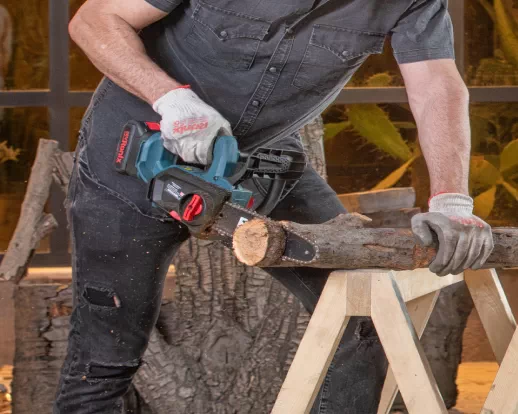
Menu
You want a blower but you will be blown away by the selection of the cordless ones we carry.
Of course, you need your blower outside. So why bother with a generator to provide you with the power? Just choose a cordless one from our menu and serve yourself!

Menu
Achieving perfect edges on the hedges requires a professional hedge trimmer and what’s better than one that’s cordless? Outdoors being the main setting of this tool, working without the need to be connected to an outlet is a huge bonus and even a must. Ronix offers these tools in a variety of models featuring different options.

Menu
A brush cutter is a must-have when it comes to cutting dense vegetation, thick brush, and small trees. For maintaining large properties, farms, and forested areas, a hand saw might not be enough. Explore through the collection of Ronix brush cutters to find what is the best option you can find.

Menu
The cleaning force; boundless!
The Ronix cordless pressure washers are designed to provide the user with the ultimate cleaning power without the need for a power cord or a constant water supply. They are best for when portability is a priority and convenience matters. So, dive into the world of Ronix's collection of cordless pressure washers.

Menu
To clean floors, carpets, upholstery, and other surfaces as such, a cordless vacuum cleaner will come to aid. These specific types of vacuum cleaners offer both the power and the mobility one might need in the clean-up sessions. As they are cordless, they are the best option for quick cleanups and cleaning areas where an electric outlet is not accessible.

Menu
Calling out to all the athletes, fitness enthusiasts, and anyone looking for at-home massage therapy!
The search for relaxation ends here as a massage gun is all a tired, painful muscle needs. And also, their being cordless makes everything much better as they can be taken anywhere. Look through the Ronix collection of massage guns for the ultimate convenience.

Professional
Menu

Menu
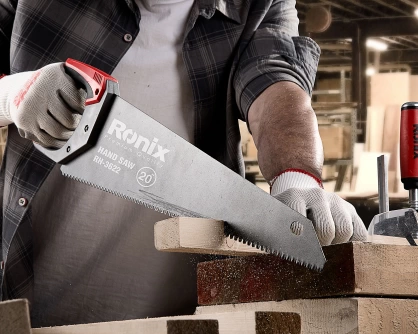
Menu
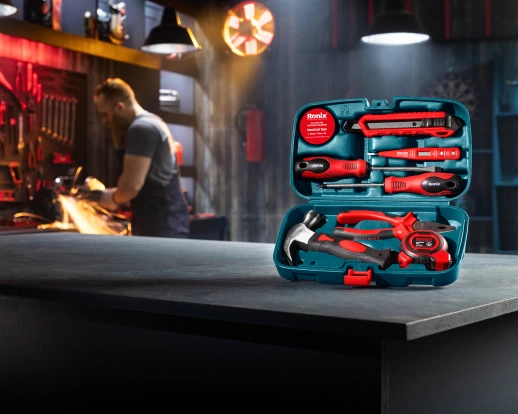
Menu

Menu
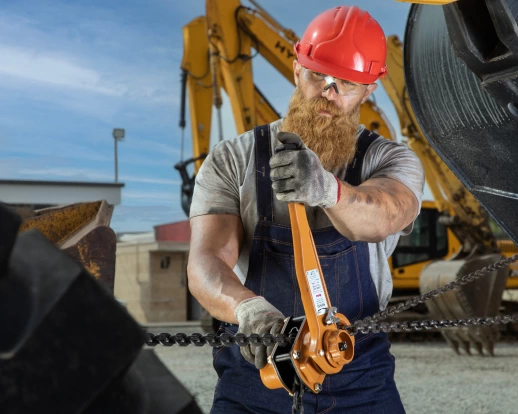
Menu
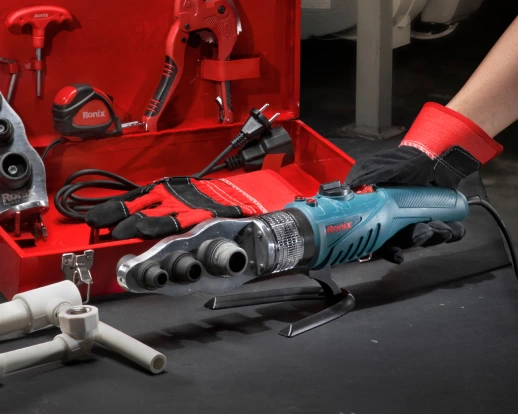
Menu
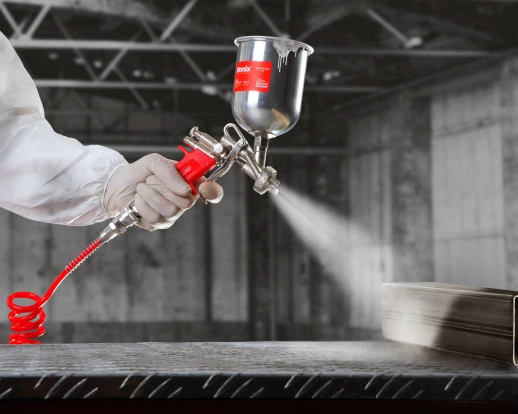
Menu

Menu
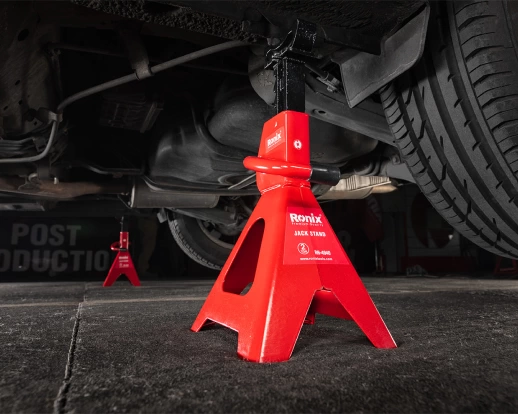
Menu
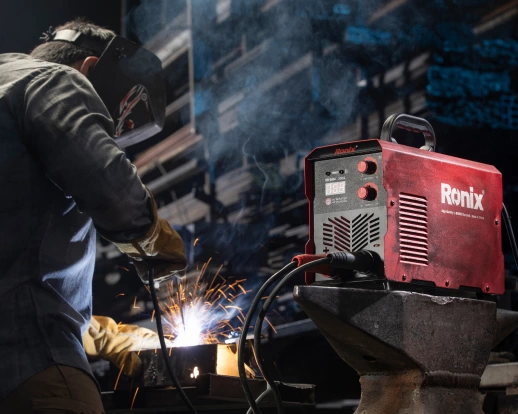
Menu
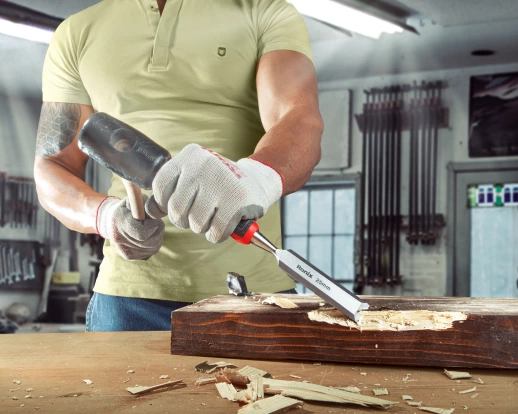
Menu
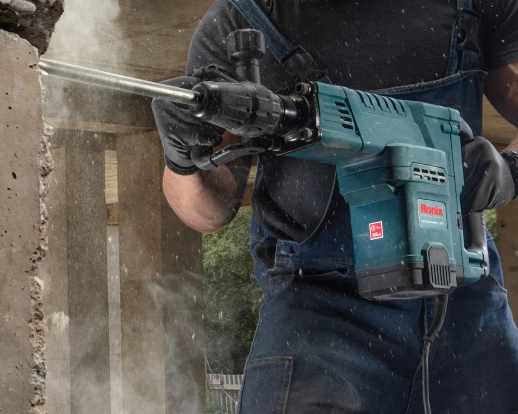
Menu
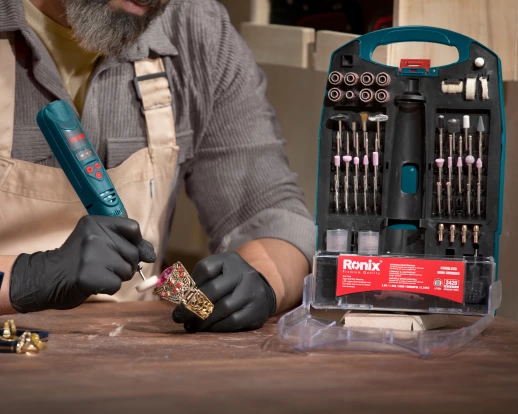
Menu
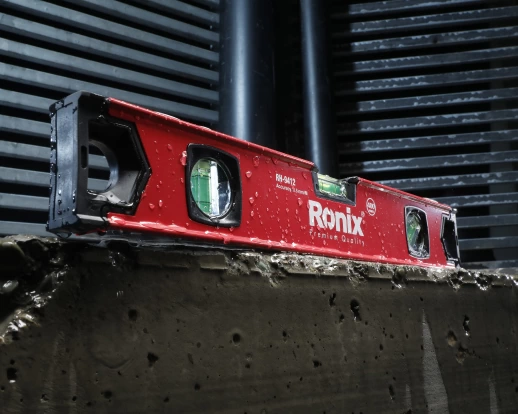
Menu
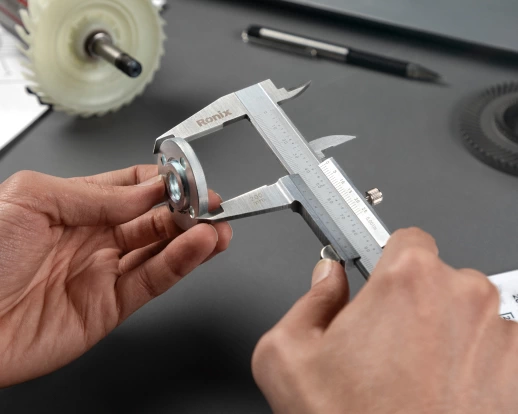
Menu
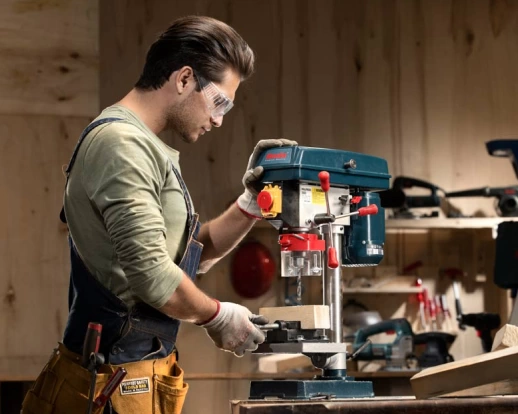
Menu
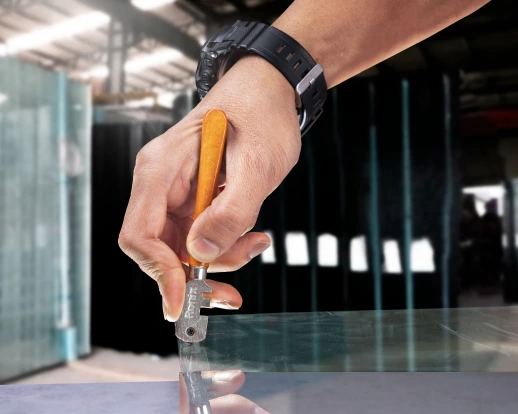
Menu
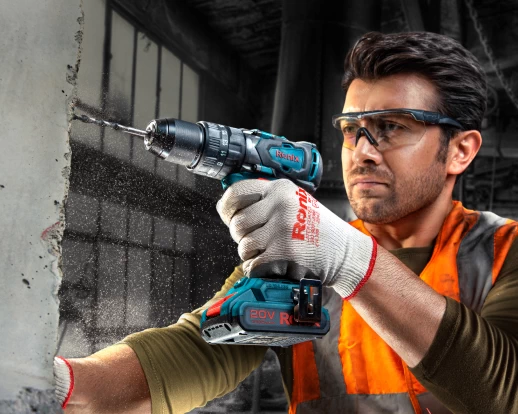
Menu


Wholesale Tile Cutter
Cutting Tools
- Pliers
- Wrenches (Spanner)
- Screwdrivers
- Hammers
- Cutting Tools
- Clamps
- Caulking Gun
- Grease Gun
- staple Gun
- Sprayer
- Hand Saws
- Chisels
- Steering Wheel Lock
- Foot Pump
- Pipe Fitting Tools
- Door Closer
- axe
- Hand Tool Sets
- Glue
- Others
- Hand Truck
- Hand Trowels
- Grease Pumps
- Vacuum Suction Cups
- Shovels
- Spring Compressors
- Grabbing & Pick Up Tools
- Hand Files
- Hand Scraper
- Hose Reels
- Repair Kits
- Hand Pumps
- Voltage Testers
- Paint Rollers
- Ladders
- Garden Rakes
- Hand Cultivators
- 16
- 32
- 64
Sort By
- New Items
- Best Sellers
- Most Viewed
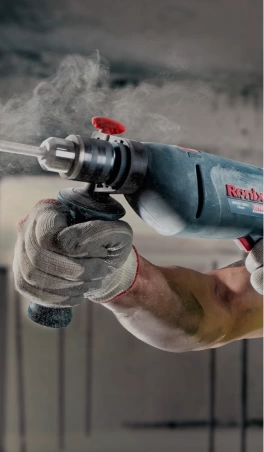
Are you up to a successful investment in tools and equipment?

Need To Power Up Your Business with a Smart Investment?
Need To Power Up Your Business with a Smart Investment?
Tile cutter; the most polyvalent tool for finishing rough surfaces!
Scroll Down For more Information
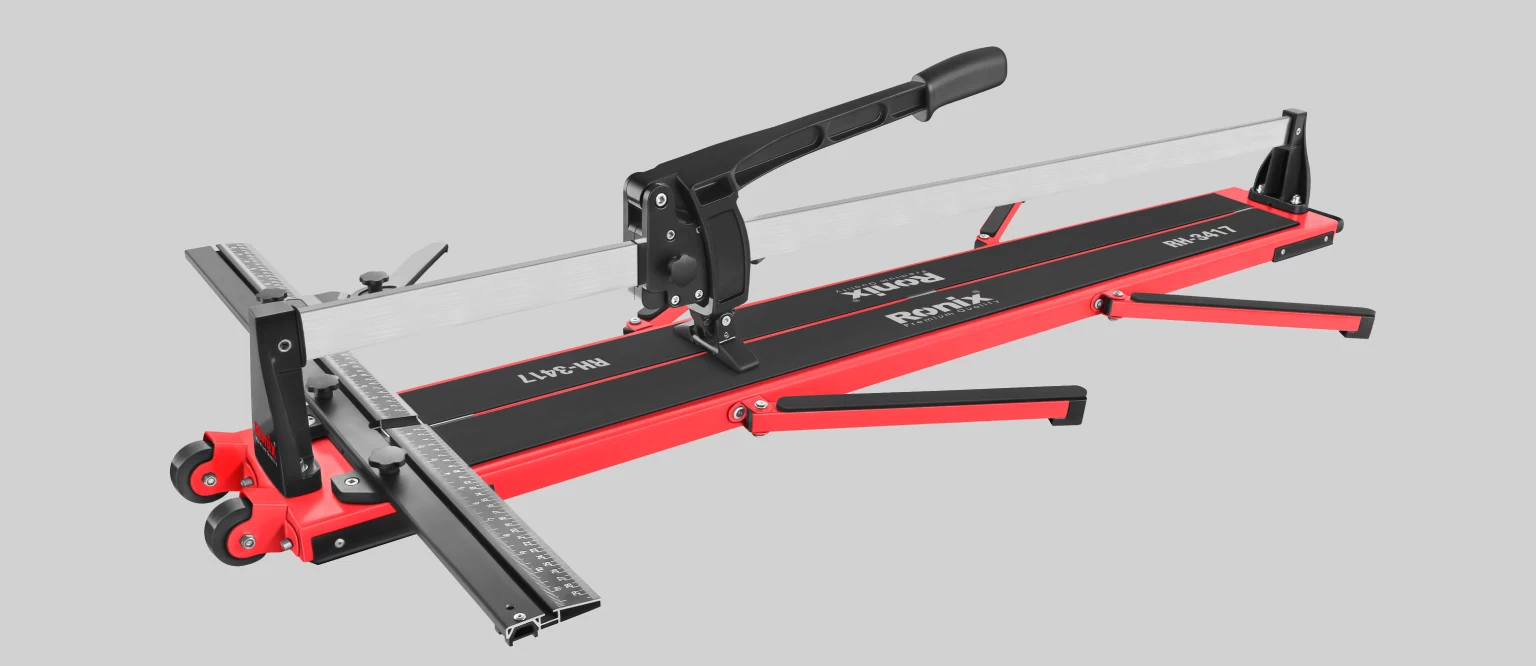
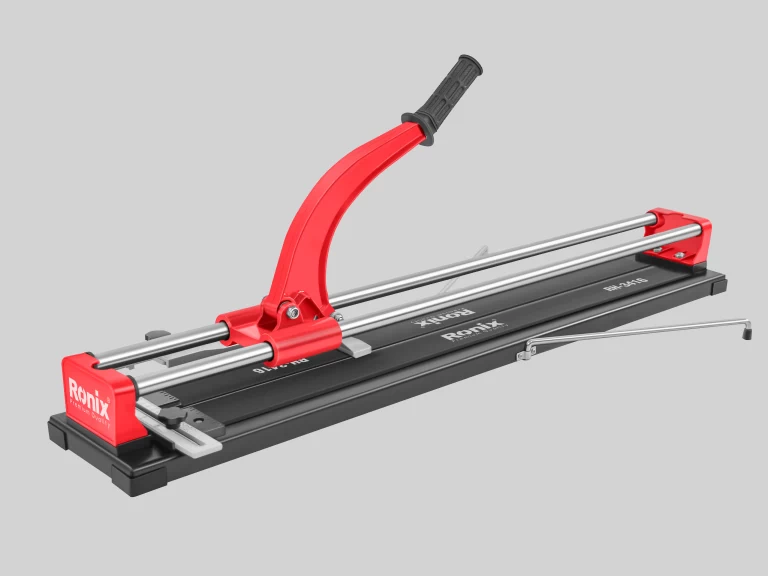
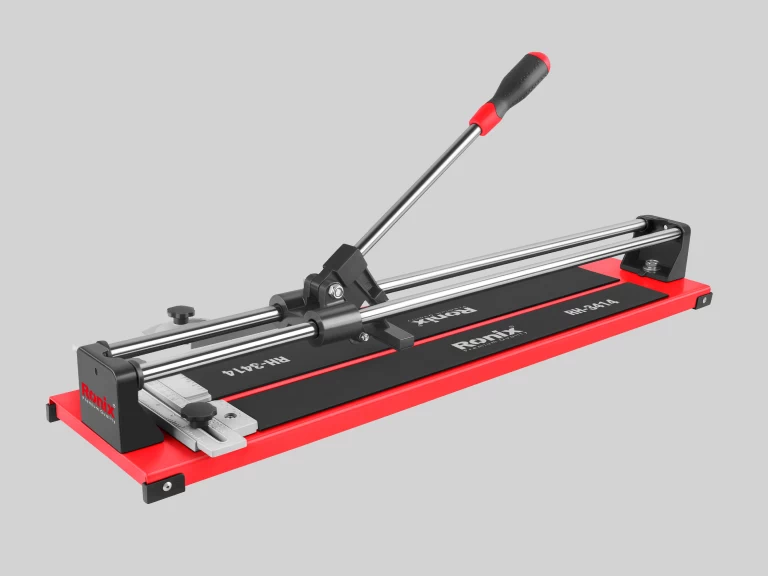
Type of tile cutters
This tool needs to be chosen according to several criteria, such as the nature of the materials to be cut and the surface to be tiled. This tool is available in manual and electric versions.The electric model allows you to cut safely and easily, to fit the dimensions of your surface to be tiled. If your customers are professionals choose this type of tool because of its greater efficiency and speed.
What is Tile Cutting?
Tile cutting is an important task for crafters, masons, and constructors. It is a task that requires a powerful and precise tool. This task causes a lot of heat and heat resistance is an important factor that comes into play whenever cutting any type of tiles is involved. Different tools have different methods for cutting tiles.Dry vs. Wet Tile Cutter
The first category of these tools is dry tile cutters (or ceramic tile cutters). These cutters use a blade that has unique welds in their segments which allow heat dissipation. That’s why they are called this name. They don’t need water to cool down the blade. The other category of these tools is wet tile cutters (saws).Based on whether these tools are powered externally or are used by hand, there are two types of these tools. The ones that are used by hand are manual tile cutters. Browse our products to find yourself a reliable professional tile cutter. You can read our tiler cutter manuals to get more information about how our products are different.

Electric version advantages:
- This equipment allows any complex cut, beveled, rounded, triangular, etc.
It also allows cuts of all thicknesses (up to 35 mm) for all tiles (including marble and terracotta) of all sizes.
It also does have some drawbacks:
- This machine is quite dirty: it should preferably be used outside, next to a water point.
- In addition, it is very noisy.
The manual type has many advantages:
- It is suitable for ceramic and porcelain of medium thickness (from 4 to 10 mm).
- It is very easy to install for areas of less than 20 m2: bathroom, small kitchen, hallway, etc.
- It is very easy to use, just a few cuts and you're done.
- Very practical for straight cuts, some models also allow 45° cuts. The technique of use is somewhat different, but once mastered, it is also practical.
- It doesn't produce dust, so you can cut right next to the installation site.
- It does not require an electrical connection.
- The manual tool is a great solution for "do-it-yourselfers" who want to keep good relations with their neighbors! It does not make any noise compared to electrical equipment.
However, this hand tool does have its drawbacks:
- You will have some difficulty cutting very thick and large surfaces, like the floor.
- You will not be able to cut marble, stone, and other rough surfaces.
For surfaces larger than 20 m2, the manual one becomes insufficient. Unless you are very patient of course!
The main factors to consider when making a choice
Here are some key points to remember when it comes to tile cutter suppliers.
- Length of tiles and types of cuts to be made
Manual types can cut tiles up to 100 cm long, depending on the model. But electric models, can be used for longer lengths, as those of imitation parquet tiles.
As for the type of cut, you should know that a manual device makes straight and diagonal cuts. If you are considering this type of cut, plan on using a machine that is 50% longer than the tiles to be cut. For example, if you have 50 cm tiles, you will need a 75 cm long tool to cut them at an angle.
For bevel cuts, you will have to opt for an electric device, the only one capable of making them, provided that it has this function. This is possible thanks to a tilting plate or arm.
- Surface to be tiled
For small surfaces like a kitchen or a wall above a sink, a manual tile cutter is sufficient, because it cuts quickly, without being cumbersome or making noise, unlike its electric counterpart which is very noisy.
The electric tile cutter should be chosen for areas larger than 20 m², like large living rooms. It cuts hard and very hard materials faster and with less effort than a manual type.
- Frequency of tile work
Depending on whether it is a one-time job in a small area, a larger job, or the completion of several jobs over time, the tool must be adapted accordingly.
For frequent tiling jobs, an electric tile cutter and a hand tool should be available, as these two tiling tools are complementary.
Besides, you should seek out a manufacturer who only employs the finest materials with high durability and a lifetime of use.
Ronix is an international manufacturer and supplier that can provide all tool importers, distributors, and wholesalers with high-quality tools and accessories.
Why Ronix?
With five main guidelines: excellent quality of items, a wide range of goods, moderate price, business attitude, and extensive after-sales assistance, Ronix Company aims to meet the requirements of customers.
Considering all these precious attributes, this is the moment for you to profit from our wholesale tile cutter offer.
FAQ
Shipping restrictions vary by country. Please check with our customer service team for specific information regarding your location.
Our tile cutters are carefully packaged using high-quality materials. We offer two options: BMC (Boxed Master Cartons) and colored boxes, both designed to ensure safe delivery. In the rare event of any issues, please do not hesitate to contact our customer support team for immediate assistance.
Orders are typically processed and ready to ship within 15 days. The exact delivery time depends on your location. For specific delivery estimates, please consult our shipping information or contact our customer service team, and they will be happy to assist you further.

Are you up to a successful investment in Tile cutters?
Your message was successfully received
Ronix Offices
